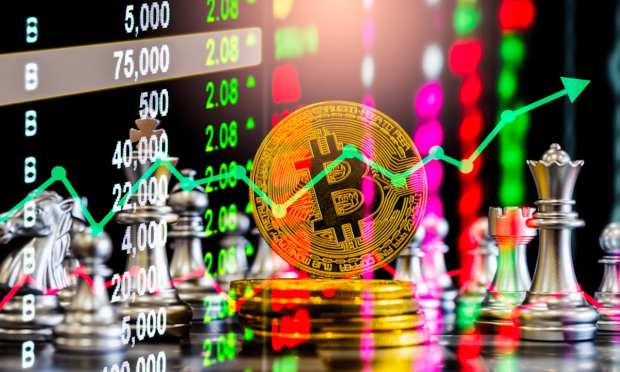Burned By Bitcoin: How Crypto Has Scorched The Investors Who Can Least Afford It

A month-long slump in bitcoin has drawn a lot of unwanted attention to the best world’s best-known cryptocurrency, but it has also scorched a lot of first-time investors who have entered the market at a particularly perilous time.
To say the past six weeks have been a wild ride for bitcoin and the broader crypto universe would be an understatement. While lucrative for some who bought early and managed to sell before the price dropped 50 percent following a big run of losses — (at the time of this writing, bitcoin was worth about $38,000) — it has been nothing short of ruinous for those who stepped in at the recent all-time highs when the price of bitcoin was pushing $60,000.
It seems the markets have cooled on crypto over the last several weeks. Reports out last week noted that large institutional investors are decamping from crypto in favor of putting their money in gold, as it became apparent that a lot of investors ended up not knowing nearly as much about crypto as they thought they did.
As PYMNTS data demonstrates, the problem may have already been endemic even before the latest crash wiped out the crypto investors who were late to the early 2021 party. Despite all its potential, there’s a lot about cryptocurrency that is unknown to the average consumer.
The Unseen Risk of Spending Crypto
When PYMNTS surveyed consumers on cryptocurrency in partnership with BitPay, some of the answers weren’t surprising, but some were. Nearly three-quarters of consumers view cryptocurrency as an investment opportunity, but a majority want to spend it. More than 60 percent of current and past holders purchased cryptocurrency to be able to transact, and more than half of current owners and 32 percent of past owners bought cryptocurrency due to fear of missing out (FOMO).
That interest in using bitcoin for day-to-day transactions points to one of the major knowledge stumbling blocks when it comes to the tax implications of spending crypto like regular money. Anytime a consumer uses bitcoin, they face capital gains taxes — which can be quite sizable in some cases. That means the consumer who pays a fraction of a bitcoin to purchase a cup of coffee may ultimately realize that the purchase cost them a full $18 when factoring in the tax liability.
But it seems that big liability bite is far from top of mind. Of the nearly 30 million consumers who own cryptocurrency, 24 million are likely to make a purchase using it in at least one product category.
And the costs to consumers aren’t the only unknowns obscuring consumers’ views of crypto.
Dirty Money — Literally and Figuratively
Elon Musk arguably kicked off the great bitcoin deflation with his announcement that Tesla would no longer accept it as payment, as the process of mining it is too environmentally costly. According to Harvard Business Review, the Cambridge Center for Alternative Finance (CCAF) reported that “bitcoin consumes around 110 terawatt-hours of power per year — 0.55 percent of global electricity production, or roughly equivalent to the annual energy draw of small countries like Malaysia or Sweden.”
It’s a dirty currency by any measure, though HBR noted that bitcoin’s energy consumption may not be quite as bad as it seems at first glance, since at least some of that mining power is drawn from renewable sources.
But beyond the high energy cost of mining crypto, digital currency can be “dirty” in an entirely other sense. As ZDNet has reported, an investigation into the Hydra marketplace showed that business is booming within the illicit crypto power ecosystem. Founded in 2015, Hydra is best known for dealing drugs, but has since expanded into stolen credit card data, counterfeit documents including IDs, fake banknotes and cyberattack services, among many other illegal offerings.
Transaction volumes in illicit goods have climbed year over year, going from an estimated $9.4 million in 2016 to at least $1.37 billion in 2020. Funds, by and large, are being paid out in crypto, and profits are on the rise. Research shows that Hydra has grown by roughly 624 percent YOY, making it potentially one of the more popular criminal marketplaces, despite the fact that the site is entirely in Russian. Stores on the dark web market are being sold for up to $10,000 a pop.
Crypto gets a lot of attention, particularly when Elon Musk tweets about it. But while its rising and falling price gets all the press, there’s a lot about bitcoin most consumers don’t know — and what they don’t know can hurt not only them, but also the world they live in.
